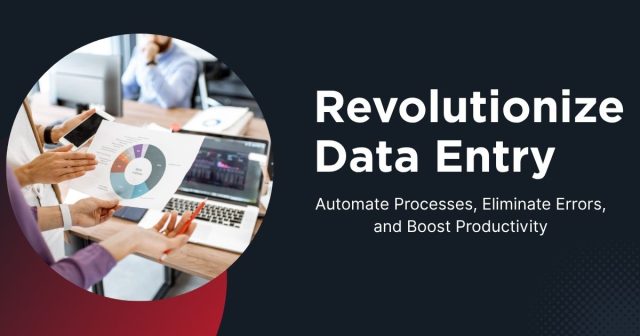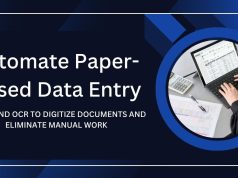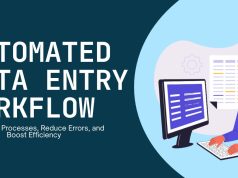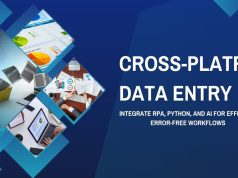Many businesses still rely on manual data entry processes that can consume hours of staff time and introduce costly errors. Manual tasks often involve repetitive keying of information from invoices, forms, receipts, and other paper or PDF documents into spreadsheets, databases, or enterprise systems. This workflow is slow, error prone, and can hamper productivity. By integrating optical character recognition (OCR) technology with artificial intelligence (AI) models that classify, validate, and route extracted data, you can accelerate processing, improve data quality, and free up employees to focus on higher value tasks. In this comprehensive guide, we will cover the fundamentals of OCR, explore the benefits of combining it with AI, introduce key tools and platforms, and provide a step-by-step approach to designing, implementing, and optimizing your data entry automation pipeline.
Understanding OCR and Its Role in Data Entry Automation
Optical character recognition, or OCR, is a technology that converts different types of documents—such as scanned paper files, PDF documents, or images captured by a camera—into editable and searchable data. At its core, OCR uses pattern recognition algorithms to detect individual text characters from visual input, assigning confidence scores to each recognized element. Traditional OCR engines excel at recognizing standard printed fonts under controlled conditions. Modern solutions leverage machine learning to handle a wide variety of fonts, layouts, and varying image qualities. In a data entry automation context, an OCR engine serves as the initial extraction layer, transforming physical and digital documents into raw text. Subsequent AI and robotic process automation (RPA) tools then structure, classify, and validate that data before pushing it into target systems. Understanding the capabilities and limitations of your chosen OCR solution is crucial for designing an efficient, accurate, and scalable automation workflow.
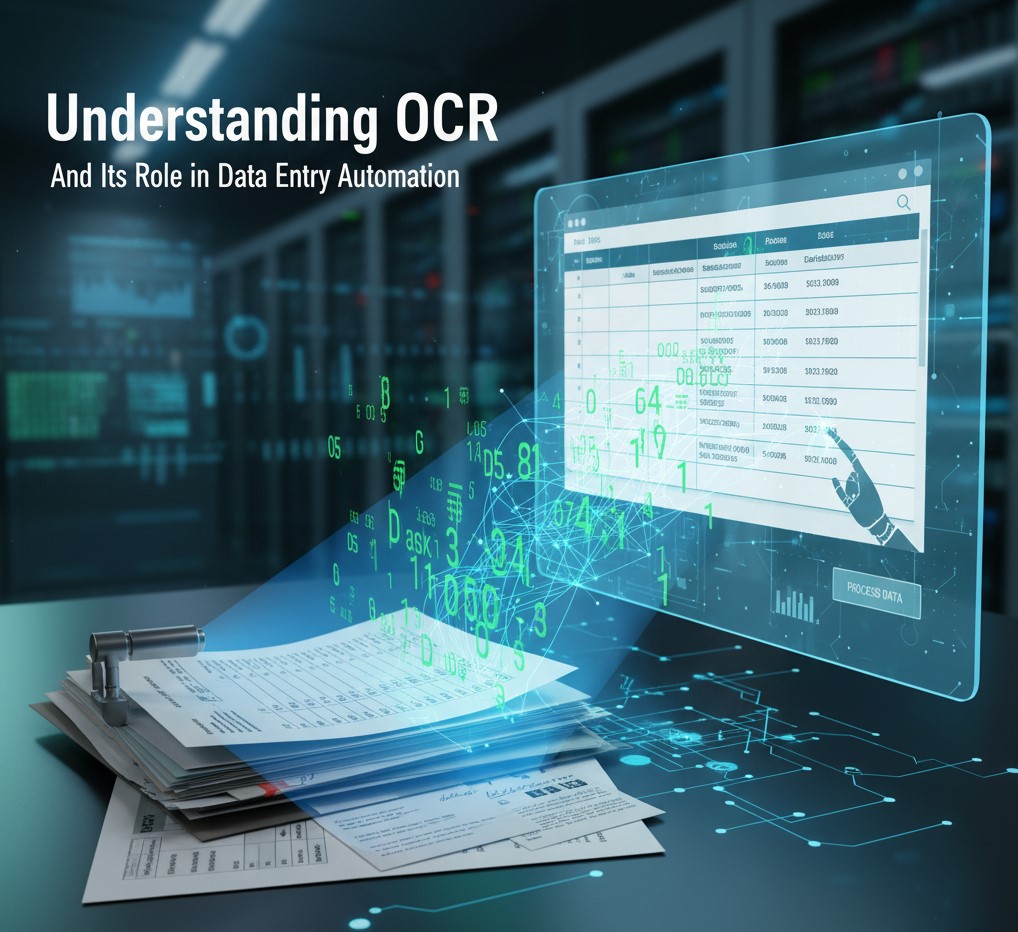
Benefits of Combining OCR with AI
When you pair OCR with AI-driven validation and classification, you unlock several powerful advantages for your data entry processes:
- Enhanced accuracy through machine learning-based error correction and anomaly detection
- Faster processing of high document volumes with automated classification and data routing
- Cost savings by reducing manual review and rework
- Improved consistency and compliance with standardized data formats
- Scalable workflows that adapt to evolving business needs
- Analytics insights from structured data feeds for better decision making
Key Components of an OCR + AI Data Entry Workflow
An end-to-end automated pipeline typically includes several critical stages:
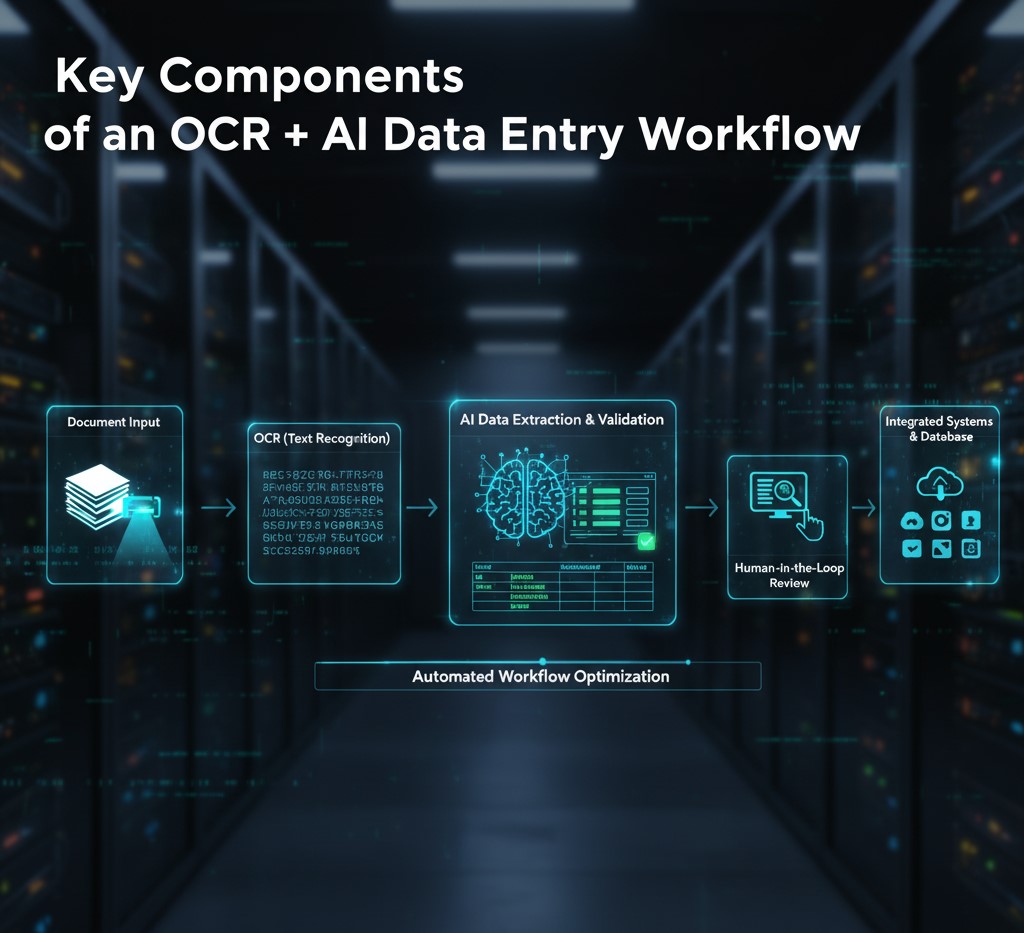
- Document capture and ingestion: Scan or import files from email, fax, or cloud storage
- Preprocessing: Enhance image quality, correct skew, and remove noise
- OCR extraction: Convert images to raw text using an OCR engine
- AI classification: Identify document types, fields, and contextual relationships
- Data validation and enrichment: Verify values against business rules or external databases
- Export and integration: Push structured data into ERP, CRM, or analytics platforms
- Monitoring and exception handling: Route uncertain records to human review and log errors
Step-by-Step Guide to Building Your OCR + AI Automation Pipeline
- Assess Document Types: Inventory forms, invoices, receipts, and other sources.
- Select an OCR Engine: Compare accuracy, languages supported, cloud or on-premises options.
- Train AI Models: Use sample documents to teach classification and field extraction.
- Integrate RPA or Workflow Tools: Automate file routing, data entry, and error handling.
- Test Thoroughly: Measure recognition rates, error rates, and processing times.
- Deploy Incrementally: Start with a pilot group before scaling enterprise-wide.
- Monitor Performance: Set up dashboards for throughput, accuracy, and exception volume.
- Continuously Improve: Refine preprocessing, retrain models, and update business rules.
Top Tools and Platforms for OCR + AI Data Entry Automation
Several market leaders and open source projects can help you build and run your automation workflows:
- ABBYY FlexiCapture: Enterprise OCR with AI-powered document classification.
- Google Cloud Vision: Scalable OCR and AutoML for custom model training.
- AWS Textract: Extract printed text, forms, and tables from documents.
- Azure Form Recognizer: Prebuilt and custom models for invoices, receipts, and more.
- UiPath and Automation Anywhere: RPA platforms with OCR and AI integrations.
- Tesseract OCR: Open source engine for basic extraction and prototypes.
Best Practices for Maximizing Accuracy and Efficiency
- Ensure High-Quality Inputs: Use reliable scanners and clear document images.
- Standardize Formats: Encourage consistent templates and fillable PDFs.
- Implement Human-in-the-Loop: Review low-confidence extractions to retrain models.
- Monitor Key Metrics: Track recognition accuracy, exception rates, and processing time.
- Maintain and Retrain: Update AI models as document layouts and business rules change.
Common Challenges and How to Overcome Them
Automating data entry with OCR and AI can present obstacles such as low-quality scans, varied document layouts, and handwritten content. To address these issues, implement image preprocessing techniques like deskewing and noise reduction. Use hybrid models that combine printed text OCR with machine learning-based handwriting recognition. For highly variable forms, deploy layout detection algorithms and leverage model training on representative samples. Establish clear exception workflows that route unrecognized or low-confidence records to human operators for quick resolution and continuous model improvement.

Real-World Use Cases and Success Stories
Companies across industries are realizing significant gains from OCR+AI automation:
- Finance: Automated invoice processing reduced manual entry time by 80% and cut errors by 60%.
- Healthcare: Patient intake forms digitized in real time, improving data accuracy and compliance.
- Logistics: Shipping documents and bills of lading processed automatically, accelerating warehouse throughput.
- Insurance: Claims forms extracted and validated in seconds, speeding up settlements.
- Government: Public records digitized en masse, enabling efficient archiving and search.
Conclusion
Automating data entry with OCR and AI transforms time-consuming manual tasks into efficient, accurate workflows. By understanding OCR fundamentals, leveraging AI for validation and classification, and following best practices, you can build a scalable pipeline that drives cost savings and frees your team to focus on strategic work. Start with a pilot project, choose the right tools, and continuously refine your models to unlock the full potential of document automation. Embrace OCR+AI today and revolutionize how your organization handles data entry.


